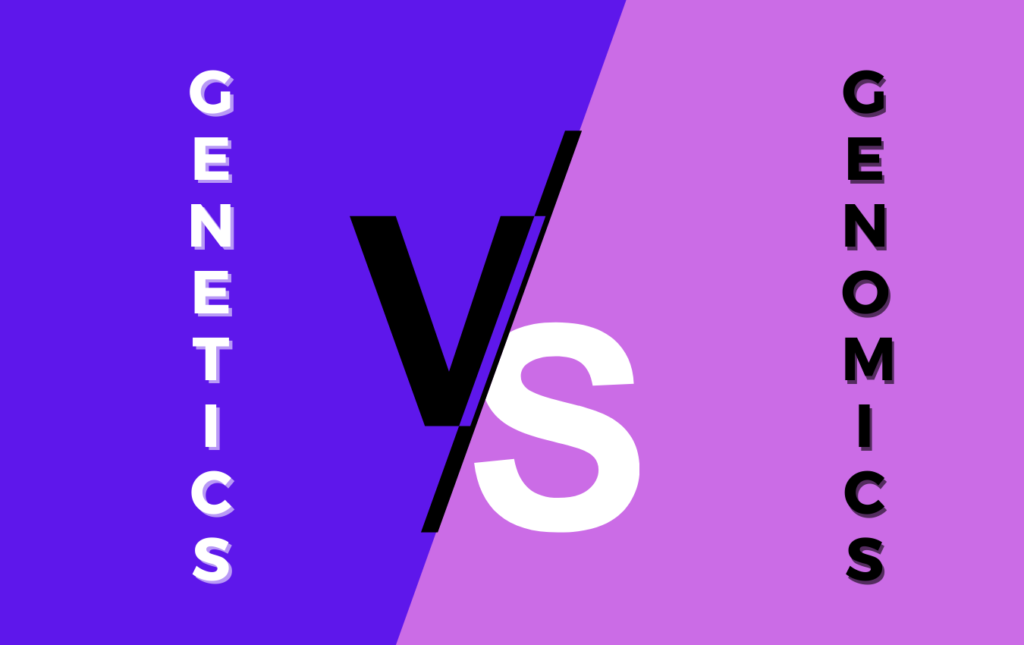
In a previous post, we discussed how Genetics, the genes you inherit, can increase your risk for breast cancer. But what is Genomics?
Genomics is the science that understands the genetic makeup and unique features of someone’s breast cancer cells. Researchers decipher the structure and function of various “receptors” on breast cancer genes to better understand how one’s tumor interacts within the body, how likely is it to spread or respond to medications.
Two features of breast cancer cells are the presence or absence of Estrogen (ER) and Progesterone (PR) receptors. While estrogen and progesterone are normally found in the reproductive system, scientists have also found these receptors in breast cancer cells. Patients with ER or PR positive cancers benefit from targeted drug therapies, such as Tamoxifen or Arimidex. Other commonly measured receptors such as Her-2 often respond well to chemotherapy and Ki67 tells us how rapidly the tumor may be growing.
Expansion in targeted breast cancer therapies is in part due to the development of assays, or tests, that rely on the principles of genomics. Examples include MammaPrint® and Oncotype DX® which can be used to analyze several additional breast cancer genes. MammaPrint® analyzes 70 cancer genes to determine their expression, and calculates the risk of the tumor recurring, or coming back, after treatment.
Oncotype DX® which analyzes 21 cancer genes, also estimates risk of recurrence of early-stage, hormone-receptor-positive cancer, as well as the likelihood of benefiting from chemotherapy after breast cancer surgery.
Genomics is an invaluable tool that help physicians identify and predict how aggressive specific cancer could be. This better informs the patient about the unique features of their breast cancer and guides the physician to the best treatment plan.
Written by:
Emran Imami, MD, FACS, MBA
Founder of TEPAS™ Breast Center
Clinical Surgical Faculty, Burrell College of Medicine
Paul Uzodinma
3rd-year medical student at Burrell College of Medicine

